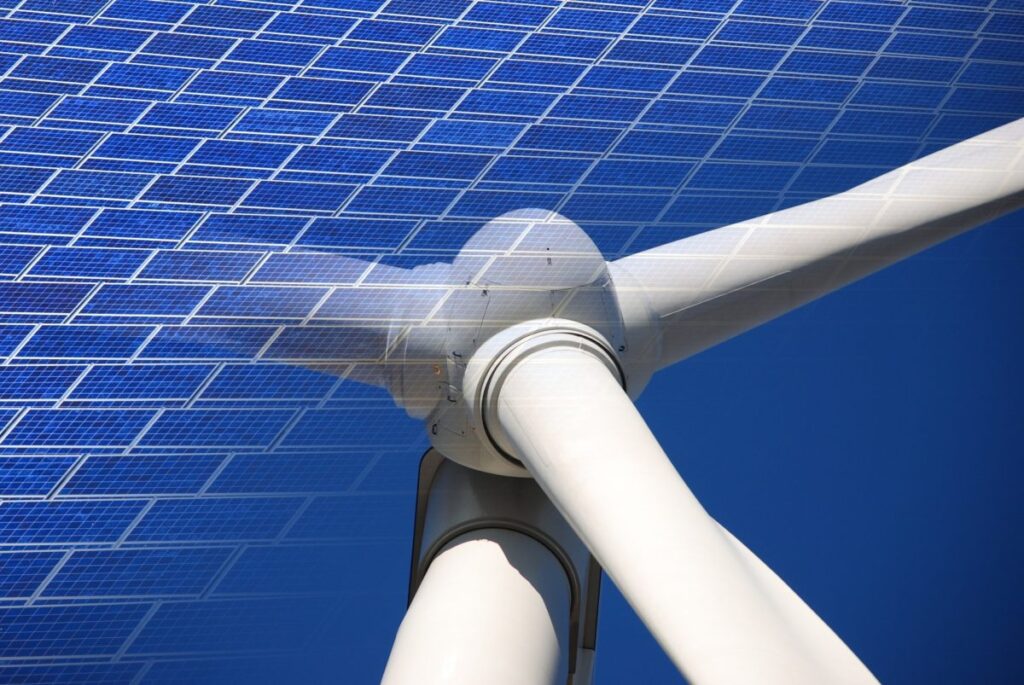California lifts renewable energy target to 73% by 2032

The California Public Utilities Commission raised renewable energy procurement targets, plans for a more aggressive decarbonization plan, and includes increased reliability provisions.

The California Public Utilities Commission (CPUC) approved plans to expand renewable energy, reduce carbon emissions, and bolster electric reliability across the state. The latest integrated resource plan (IRP) adopts a target of 25.5GW of supply-side renewable energy and 15GW of energy storage and demand response capacity by 2032. The renewable energy capacity targets would effectively raise the state’s portfolio to 73%.
The plans also significantly lower the level of greenhouse gas emissions allowable by the state, adopting a 35 million metric ton (MMT) limit for the electric sector by 2032. This figure is down from the previous 46 MMT goal and represents 86% emissions-free resources by the target year.
Mark Specht, senior energy analyst at the Union of Concerned Scientists, said he is supportive of the more aggressive goals, but believes there is more work to be done. “I believe a future target of 30 million metric tons in the next IRP cycle will be necessary to put California on the path to reducing emissions from the power sector that appropriately responds to our climate emergency,” he said.
Specht added he was pleased the new IRP did not include natural gas power plant upgrades as eligible resources under the plan. He said the boosted capacity of renewables will help reliably replace the generation of the soon-to-be-retired Diablo Canyon nuclear plant.
Climate advocacy group, the Union of Concerned Scientists, has been actively supporting the development of programmatic procurement requirements in IRPs. While IRPs set procurement targets, they are not enshrined requirements. In support of the development of procurement requirements, Sen. Dave Min (D-Irvine), introduced SB 881, which would clarify and formalize the CPUC’s authority to establish and enforce emissions targets for the electricity sector. The Union of Concerned Scientists has sponsored the bill, which moves IRPs past planning and ensures load-serving entities follow through with climate commitments.
The CPUC’s analysis concluded that this level of renewable energy capacity additions would not require significant transmission upgrades, noting in a statement that there is “sufficient space” on the grid and that only “limited” upgrades will be needed by 2032. CPUC said this conclusion will be validated with study by the California Independent System Operator (CAISO) in the 2022-23 Transmission Planning Process.
The plans also call for two large-scale battery energy storage projects that were identified by CAISO as alternatives to transmission upgrades. CPUC said the storage alternatives offer the same level of system reliability at lower costs to ratepayers.
“Today’s decision provides direction for procurement of an unprecedented amount of new clean energy resources. It keeps us on the path toward achieving our state’s ambitious clean energy targets, while ensuring system reliability,” said Commissioner Clifford Rechtschaffen.
From: https://pv-magazine-usa.com/2022/02/14/california-lifts-renewable-energy-target-to-73-by-2032/

